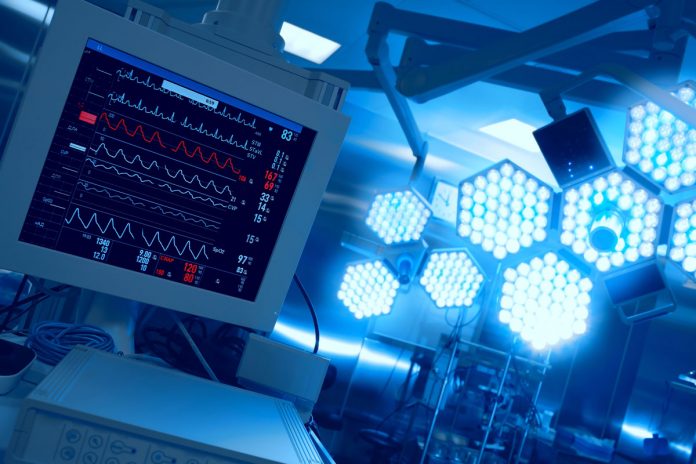Infusion pumps are medical equipment that provides fluids, nutrients, and other substances intravenously to patients. They are crucial to healthcare delivery systems everywhere; thus their reliability is paramount.
However, infusion pumps are also expensive and complicated pieces of equipment. This can make it difficult to guarantee their reliability and ensure they continue functioning properly.
This article will discuss some ways you can guarantee the reliability of your infusion pump so that it continues to meet your needs for years to come.
Infusion Pump: An Overview
An infusion pump is a piece of medical equipment in Australia used to provide fluids to a patient while keeping track of their vital signs. Infusion pumps have come a long way through their many variations, and today there are a wide variety of infusion pumps available for use in various medical settings.
Infusion Pumps are used to deliver medicine by attaching an intravenous line to the patient’s vein. Using the IV line, the medication is pumped from the pump into the patient’s bloodstream. The infusion pump can be programmed to stop automatically when it reaches a certain amount of medication delivered.
The design of the infusion pump allows for variable dosing of both feeds and drugs. Infusions of antibiotics, insulin, chemotherapeutic treatments, and pain relievers are among the medications that can be administered through an infusion pump. Some infusion pumps are built for permanent placement next to a patient’s bed. The other type of infusion pump is referred to as an ambulatory pump and is characterised by being compact and portable.
Most Common Reasons for Infusion Pump Failure
The reliability of an infusion pump is a top concern for healthcare providers, especially in cases where the pumps are used for life-saving treatments. Infusion pumps must be used properly to prevent drug mistakes.
As with any other medical device, infusion pumps can fail. Most failures are due to human error, but some common reasons cause pump failure:
1. Incorrect programming
If the device is not programmed correctly, it will not operate as intended. The most common cause of incorrect programming is human error or user preference. In addition, there may be a problem with the software used to program the device.
2. Interference from outside sources
This includes interference from electromagnetic fields, electrical noise, and power surges and fluctuations. The device should be able to withstand this type of interference without being adversely affected by it.
3. Incompatible Software
Use of incompatible software versions, which can result in errors or failure to operate properly. The use of incompatible software versions may also cause harm to patients by delivering incorrect doses of medications or leading to other complications such as infection, injury, and death.
4. Human Errors
The wrong settings can cause an infusion pump to deliver inaccurate doses of medicine, potentially leading to serious side effects and patient harm. These errors may be caused by human error, such as misreading or mistyping a dose, or by mechanical failure of the pump itself.
Human error is usually more common than mechanical failure. However, it’s important to note that both types of errors can cause serious problems for patients and healthcare providers alike. For example, nurses may not recognise that a preset rate is incorrect until it’s too late, which could result in severe adverse events such as low blood pressure and organ failure.
5. Damaged tubing connections
Damaged tubing connections can also cause an infusion pump to fail. This is due to the possibility that the connection is not secure, hence allowing fluids to escape from the line. If fluid leaks out of a line, it will damage other components in the pump and cause it to stop working properly.
6. Leaking batteries
Leaking batteries can cause severe damage to your pump’s circuitry over time and lead to an infusion pump failure sooner rather than later. To avoid this, make sure that you store all of your medical equipment properly when not in use and don’t leave them in places where moisture is likely to collect around them.
7. Sparks, burns, and electric shocks
The infusion pump is designed to be safe and reliable. However, if the infusion pump touches anything metallic while it is being used, there is a risk of sparks and electric shocks. The infusion pump should be kept away from any equipment that might cause a spark or shock.
8. Malfunctioning Parts
It is possible that the infusion pump was dropped or somehow damaged while it was being used; this might lead to either an over- or under-administration of the medication if the pump is not fixed before it is used again.
The reliability of an infusion pump is a crucial element to the success of your healthcare facility. Whether you are a hospital, clinic, or healthcare provider, it is important to invest in reliable medical equipment in Australia that will help you achieve your goals.
Like with any medical device, an infusion pump’s dependability may be ensured by frequent testing, regular maintenance, and following the manufacturer’s guidelines for use.
Read more articles













